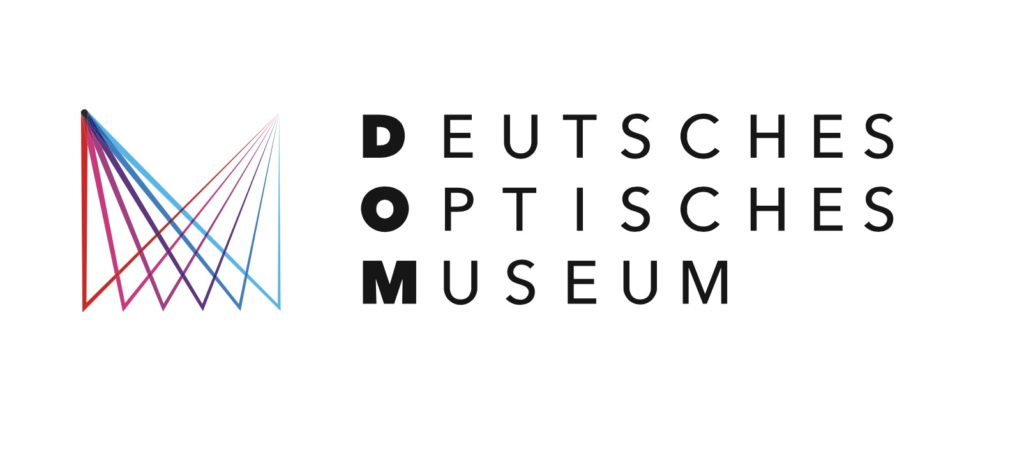
Colors and Cultures—couleurs et cultures
Place: Université de Haute-Alsace, Mulhouse (France), possibly also Basel (Switzerland)
Date: 14-16 April 2020
Seeing colors is a sensory experience that goes beyond ocular perception. Color directly affects our mood, our communication, and our wellbeing. Color, in short, shapes our understanding of reality. Color can provoke unexpected behavior. When the Dutch football team played in Bern at the European championships in 2008, for example, the Oranje fans performed a new routine when crossing the city streets. They would wait patiently at the curb and then burst into cheers to express their enthusiasm when the light changed from red to orange—their home team’s color!
While color has a profound influence on our lives, it has all kinds of cultural variations, which may go back to specific geographical origins based on regional vegetation, different qualities of light, environmental experience, etc. Even the mimetic principle of colors as a way to represent reality, while universal, differs from culture to culture. At some point, these differences may even become direct cultural contradictions—as we find, for example, in the symbolism of the color white as purity for European cultures, but as mourning for Chinese and other Asian cultures.
In a world of globalized development and technological innovations of color, questions arise about how colors are perceived due to transcultural contact and technological adaptation. Though its organizers are mainly literary scholars, this conference is interested in sharing interdisciplinary perspectives from a variety of angles that analyze differences in color perception, reception, and production. We also invite comparative diachronic analyses that trace changes in understandings of color across time (e.g., development, commerce, educational influences), as well as synchronic assessments that primarily focus on diatopic differences.
